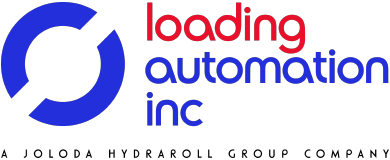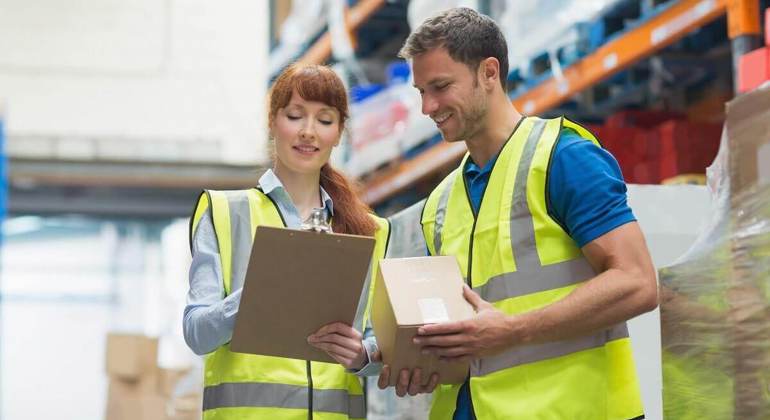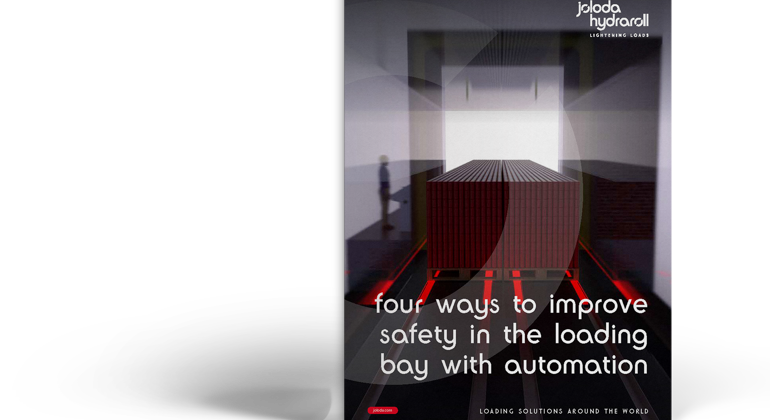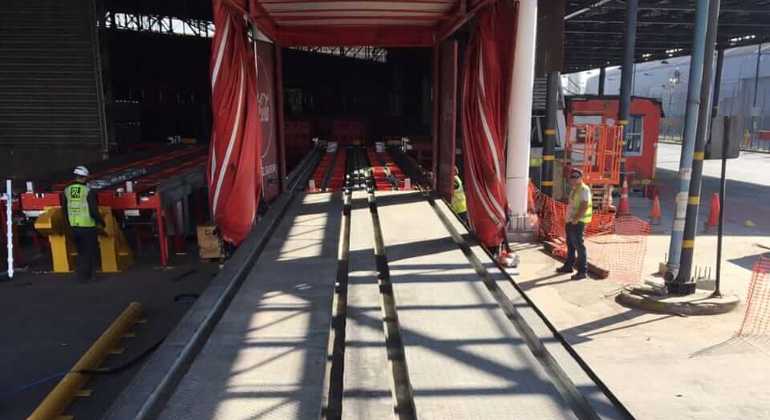How do You Safely Load a Vehicle?
To safely load a vehicle, you should:
- Assess the load weight, dimensions, and centre-of-gravity
- Check the vehicle’s suitability and anchor points
- Distribute the weight evenly (side-to-side and front-to-back)
- Secure loads using straps, chains, or approved restraints
- Ensure the driver and loading staff communicate clearly
- Keep equipment, pedestrians, and forklifts separated
Poor weight distribution is a known factor in vehicle instability and rollover risk, according to UK and EU transport safety research.
Our loading systems ensure consistent, repeatable load placement that reduces uneven distribution, removing human error from one of the highest-risk parts of vehicle loading.
What is Classed as an Unsafe Load?
- A load is considered unsafe if it is:
- Not properly restrained
- Likely to shift under braking or cornering
- Too heavy for the vehicle or axles
- Positioned off-centre
- Damaged, unstable, or stacked incorrectly
- Extending beyond the vehicle without proper marking
- Creating risks to the driver when opening doors
The HSE stresses that any load which can move, fall or cause the vehicle to become unstable is unsafe, and employers may face enforcement action.
Our systems improve load stability by ensuring pallets, ULDs and cargo units are positioned uniformly, reducing sideways forces and the risk of shifting during transit.
What are the Loading and Unloading Guidelines for UK Workplaces?
UK guidelines (HSE) state that loading and unloading must be:
- Planned using a documented safe system of work
- Supervised by trained staff
- Executed with suitable equipment (FLT, pallet trucks, conveyors)
- Carried out on stable ground, with the vehicle braked and restrained
- Segregated from pedestrians and other vehicles
- Monitored with clear communication and visibility
- Supported by risk assessments, including for load-securing
By reducing the need for forklifts and manual intervention, our systems align closely with HSE guidance by supporting controlled, predictable and much safer loading processes.






























